 The title of the book comes from an Anishinaabe travelling song used to close their gatherings in the Lake of the Woods country. It is sung from the perspective of the Creator singing to you:
The title of the book comes from an Anishinaabe travelling song used to close their gatherings in the Lake of the Woods country. It is sung from the perspective of the Creator singing to you:
“I have created you and therefore you walk, I am your motivation, I am that spark inside you call love, which animates you and allows you to live by Anishinaabe values, I am the destination at the end of your life that you are walking toward.”
Wab Kinew’s memoir is a tribute to his father and the effect residential life had on three generations; his grandfather, father and himself. It is also a story of reconciliation. Kinew begins his memoir with descriptions of his father’s early life. He was a happy youngster living at home with his family and relatives until that day when a man in a black robe came to the reservation to take him away to St. Mary’s Indian Residential School outside Kenora Ontario. Only after 60 years, from the vantage of old age did Wab Kinew’s father, Ndede, open up to his son about the abuse he suffered and the experience he had watching his young Indian friend being killed by a group of men, of his being raped and humiliated and being made to kneel at his father’s funeral when Indian custom dictated that he stand. These are very personal stories and knowing them makes the latter part of Ndede’s life all the more remarkable. The residential schools were a social experiment with the aim of “taking the Indian” out of the child which we now recognize as “Cultural Genocide”.
One of the worst legacies of the residentials schools was “the emotional, physical, and familial gulf confronting survivors who never learned how to parent their children.” Ndede overcame the pitfalls, surviving alcoholism, racism, a failed marriage and finally returning to his Indian roots. He was a traditional chief who married a non-Indian, Wab’s mother. In his memoir Wab relates his own struggle in his youth. He was a former rapper, immersed in alcoholism, drugs and spent time in jail. Then, finally taking responsibility for his life just as his father had, he became an academic, a hereditary chief, a journalist and a father. He worked for the CBC and has become an urban activist and has recently announced he is seeking a political life
When Ndede was diagnosed with cancer Wab left his work at the CBC to be with his father during the last months of his life. His sister also returned from Europe putting her doctoral studies on hold. During this time father and son worked on an Internet App for the Anishinaabe language. The bonding that took place between these two men is a heartwarming story. Both men worked at the university promoting courses in Indian Studies. When Ndede died there was a funeral service on the reserve and a memorial service in Winnipeg. It was attended by many dignitaries including Archbishop James Weisgerber who had been a friend, as well as many politicians, the premier, cabinet ministers, university colleagues, students, First Nations elders, and two former national chiefs. Forgiveness became Ndede’s way of finding peace. He had met Pope Benedict XVI in 2009 and was present at Kateri’s canonization in 2012 .
Both Wab and his father were Sundancers. This Indian Spiritual Ceremony had been outlawed in the USA in 1895 and in Canada in 1904. It did continue in secret and is now being recognized as a legitimate religious ceremony. Wab’s description of his own piercing on the last day of the four day ritual was fascinating to read. The memoir ends almost as a meditation on the meaning of life.
“To be hurt, yet forgive, to do wrong, but forgive yourself, to depart from this world
leaving only love. This is the reason you walk”.
This is a must read book that will help us to understand the way forward. Kinew wants us to realize that there are three groups at the conference table in Canada. The Federal, Provincial and First Nations Governments.
Guest blogger Janet Brisson
Book Review The Reason You Walk: Wab Kinew, Penquin Canada, 2015.






